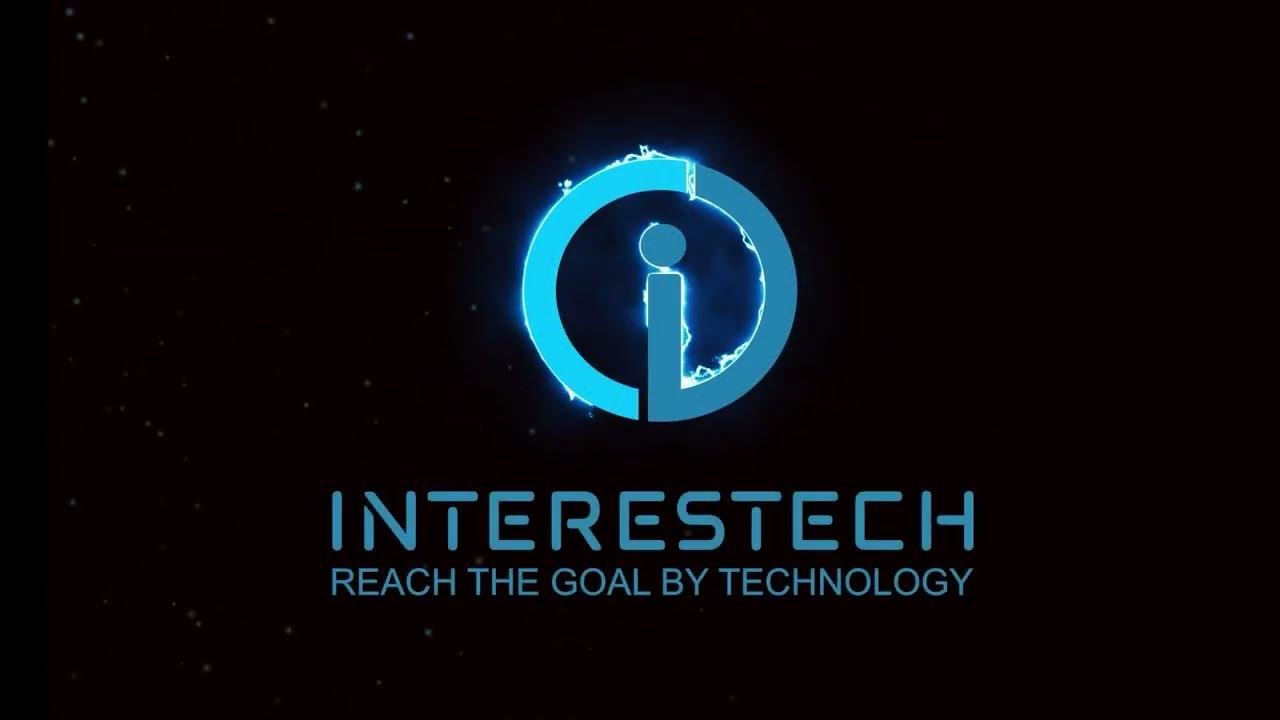What are the Classifications of Electronic Components | Passive & Active Components | EDC
Summary
TLDRThis script delves into the classification of electronic components, highlighting both passive and active components. It explains the roles of resistors, capacitors, and inductors as passive elements, and diodes, transistors, and integrated circuits as active ones. The script also touches on semiconductor devices, display technologies like LCD and CRT, and the importance of power sources like batteries. It provides a foundational understanding of electronic circuits and their building blocks.
Takeaways
- 🔌 All electronic circuits contain a few basic components, which are broadly classified into passive and active components.
- 💾 Passive components include resistors, capacitors, and inductors, which do not amplify or process electrical signals by themselves.
- ⚡ Resistors oppose the flow of current and are measured in ohms.
- 🔋 Capacitors store and release electrical energy, measured in farads, and can be fixed or variable.
- 🌀 Inductors produce inductance, measured in henries, and are also available as fixed or variable.
- 🔋 Active components require a source of energy and can control electron flow, including semiconductor devices like diodes and transistors.
- 💡 Diodes are semiconductor devices that allow current to flow in one direction, used in converting AC to DC circuits.
- 📡 Transistors are three-terminal semiconductor devices used for switching and amplifying, with types like BJT and FET.
- 🏗️ Integrated circuits (ICs) are tiny silicon chips containing thousands of transistors, resistors, and other components, used in modern electronic devices.
- 🖥️ Display devices like LCD and CRT are used in various applications, with LCD being flat panel technology and CRT using electron beams.
- 🔋 Batteries are common power sources that convert chemical energy into electrical energy, with primary and secondary cell classifications.
Q & A
What are the two main classifications of electronic components?
-The two main classifications of electronic components are passive components and active components.
What are the three basic passive components found in electronic circuits?
-The three basic passive components are resistors, capacitors, and inductors.
Why are resistors, capacitors, and inductors referred to as passive components?
-They are called passive components because they do not have the capability to amplify or process an electrical circuit by themselves.
What is the unit of measurement for resistance?
-The unit of measurement for resistance is ohms.
What is the function of a capacitor in an electronic circuit?
-A capacitor is used to store electrical energy and release it when needed.
What are the two main categories of active components in electronic circuits?
-The two main categories of active components are tube devices and semiconductor devices.
Why are semiconductor devices becoming more prevalent in electronic applications?
-Semiconductor devices are replacing tube devices due to their many advantages, such as efficiency and compactness.
What is a diode and what are its main functions?
-A diode is a device that allows current to flow in one direction and is used in converting circuits like AC to DC. It is made with semiconductor material and has two terminals: anode and cathode.
What is a transistor and how does it function in an electronic circuit?
-A transistor is a three-terminal semiconductor device used as a switching device and an amplifier. It controls the current flow through two terminals by applying a voltage to the third terminal.
What is an integrated circuit and what role do they play in modern electronic devices?
-An integrated circuit is a component that contains thousands of transistors, resistors, diodes, and other electronic components on a tiny silicon chip. They are the building blocks of current electronic devices like cell phones and computers.
What are the two types of batteries and how do they differ?
-The two types of batteries are primary cells and secondary cells. Primary cells are not rechargeable, while secondary cells can be recharged.
What is the basic principle behind the operation of a liquid crystal display (LCD)?
-LCD technology uses two polarized filters and electrodes to selectively disable or enable light to the viewer's eyes, creating the display.
How does a cathode ray tube (CRT) display technology work?
-CRT display technology works by moving an electron beam back and forth on the back of the screen. It uses an elongated vacuum tube with an electron gun and a phosphorescent screen to create the image.
Outlines

此内容仅限付费用户访问。 请升级后访问。
立即升级Mindmap

此内容仅限付费用户访问。 请升级后访问。
立即升级Keywords

此内容仅限付费用户访问。 请升级后访问。
立即升级Highlights

此内容仅限付费用户访问。 请升级后访问。
立即升级Transcripts

此内容仅限付费用户访问。 请升级后访问。
立即升级浏览更多相关视频

Active And Passive Components | Basic Electronics Components

#2 Komponen dan Alat Pendukung IoT 1 (Komponen Dasar Elektronika, Sensor dan Aktuator)

Tutor ELDAS : Bagian 2 #LabElkom

Modul 3 subtopik 2.1. Jenis, Fungsi dan Cara Kerja Komponen Elektronika

Inyección de gasolina, tipos, partes, función.

STRUKTUR DAN FUNGSI SEL - BIOLOGI KELAS 11 SMA
5.0 / 5 (0 votes)
